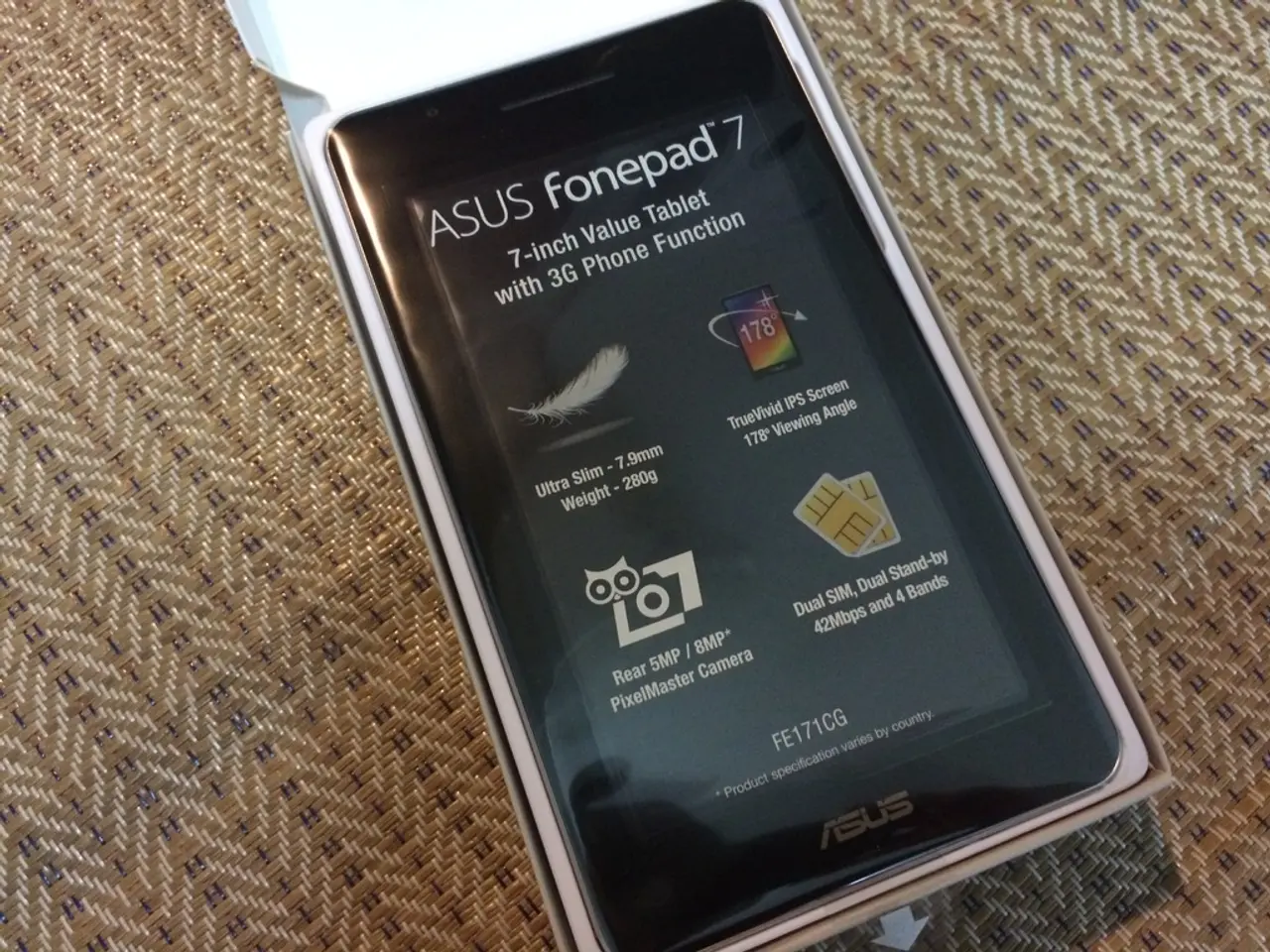Manage Network Transitions Seamlessly. Effortless Control. Easy Network Administration.
In the ever-evolving world of Internet of Things (IoT) technology, a new standard has emerged that promises to unlock the full potential of IoT devices and streamline remote management: the GSMA SGP.32 IoT eSIM standard.
This groundbreaking standard simplifies IoT deployments by enabling flexible, scalable, and secure remote SIM provisioning tailored specifically for IoT devices. It supports zero-touch, frictionless global connectivity management without the need for physical SIM swaps, future-proofing connectivity and operational efficiency for large-scale IoT implementations.
One of the key benefits of this new standard is the ability to deploy devices worldwide using a single device SKU. Devices equipped with SGP.32-compliant eSIMs can be deployed globally without region-specific hardware variants, reducing complexity and inventory overhead.
Moreover, the standard streamlines large IoT network management by supporting centralized, bulk remote profile provisioning and asynchronous updates, even for devices that are offline or have constrained power. This enhances operational efficiency significantly.
The SGP.32 standard also offers autonomy and scalability through its architecture, which includes the IoT Profile Assistant and eSIM IoT Remote Manager. This enables autonomous and scalable profile management, ideal for logistics, fleet management, remote monitoring, and industrial IoT.
Another advantage of the SGP.32 standard is its vendor-neutral ecosystem. Devices can switch between different connectivity providers and managers without vendor lock-in, increasing flexibility and competitive options for connectivity services.
Security and compliance are paramount in today's digital age, and the eSIMs based on SGP.32 meet stringent GSMA eSIM Security Assurance (eSA) certifications. This ensures protection against cyber threats and compliance with emerging regulations like the EU Cyber Resilience Act.
The SGP.32 standard is applicable across various industries such as automotive, healthcare, smart metering, and industrial IoT. It benefits any application requiring resilient, reliable, and scalable remote connectivity.
In conclusion, the SGP.32 standard realizes the long-promised benefits of eSIM technology for IoT by offering a future-proof, scalable, secure, and flexible connectivity management framework. This standard is poised to revolutionize the way we manage IoT devices, making operations more efficient and connectivity more reliable.
[1] Giesecke+Devrient. (2022). G+D Handbook: The Future of IoT Connectivity - SGP.32. [online] Available at: https://www.gi-de.com/en/news/press-releases/2022/g-d-handbook-the-future-of-iot-connectivity-sgp32/
[2] GSMA. (2020). GSMA SGP.32 IoT eSIM Standard. [online] Available at: https://www.gsma.com/mobileconnect/wp-content/uploads/2020/04/GSMADocs_SGP.32_IoT_eSIM_Standard_V1_1.pdf
[3] IoT Agenda. (2022). GSMA SGP.32 IoT eSIM standard: What you need to know. [online] Available at: https://www.iotagenda.com/gsma-sgp-32-iot-esim-standard-what-you-need-to-know/
[4] EU CyberResilience Act. (2022). Cyber Resilience Act (CRA). [online] Available at: https://ec.europa.eu/info/law/better-regulation/have-your-say/initiatives/12527-Cyber-Resilience-Act-(CRA)
The SGP.32 IoT eSIM standard, a game-changer in data-and-cloud-computing technology, leverages state-of-the-art technology to streamline global connectivity management for Internet of Things (IoT) devices. As the new standard for IoT eSIMs, it offers a flexible, secure, and scalable framework, making it suitable for various industries like automotive, healthcare, and industrial IoT.




